Induction heating equipment is a powerful technology widely used for various industrial applications, from metal hardening to soldering and beyond. To harness the full potential of this technology, optimizing efficiency becomes paramount. This passage explores key strategies on how to fine-tune induction heating equipment for maximum performance and energy efficiency.
Understanding Induction Heating Basics
Optimizing efficiency starts with selecting the appropriate frequency for the induction heating process. Different frequencies suit various applications, and choosing the right one ensures optimal energy transfer to the workpiece. Higher frequencies are ideal for smaller parts or surface heating, while lower frequencies penetrate deeper into larger components. Understanding the requirements of the specific task at hand guides the selection process.
Efficient induction heating involves striking a balance between power levels and heating times. Higher power accelerates the heating process but might lead to energy wastage. Conversely, lower power settings may prolong heating times. Finding the sweet spot requires a careful assessment of the workpiece material, size, and desired outcome. Adjusting the power settings accordingly enhances overall efficiency.
Fine-Tuning Operational Parameters
The design of the induction coil significantly influences heating efficiency. Tailoring the coil to match the geometry of the workpiece ensures uniform heating and minimizes energy losses. Experimenting with different coil designs and configurations allows operators to find the most efficient setup for specific applications. Coil geometry adjustments can enhance overall energy transfer, leading to improved efficiency.
Integrating smart control systems into induction heating equipment adds another layer of efficiency. These systems can regulate power levels, monitor temperature, and adjust operational parameters in real-time. This adaptive approach ensures that the equipment operates at peak efficiency throughout the heating process. Smart controls also contribute to consistency in results, minimizing variations and optimizing overall performance.

Enhancing Safety Protocols
Efficiency is not solely about power consumption; it also extends to the equipment's lifespan. Implementing efficient cooling systems is crucial to prevent overheating and ensure continuous operation. Adequate cooling mechanisms, such as water-cooled coils or advanced air-cooling systems, maintain optimal working temperatures and contribute to the longevity of the induction heating equipment.
A key factor in optimizing efficiency is ensuring that operators are well-trained and proficient in using induction heating equipment. Proper training minimizes errors, reduces downtime, and ensures that the equipment operates at its maximum potential. Operator proficiency extends to maintaining and calibrating the equipment, preventing unnecessary wear and tear.
Adapting to Specific Applications
Different applications demand tailored approaches. Induction heating equipment often allows for the customization of heating profiles to suit specific materials and desired outcomes. By creating optimized profiles, operators can achieve precise heating results while minimizing energy consumption. This adaptability is particularly beneficial in industries with diverse heating requirements.
In scenarios where quick heating is essential, implementing preheating strategies can enhance efficiency. Preheating the workpiece to a certain temperature before the main induction heating process reduces the overall energy required and accelerates the heating phase. This approach is particularly effective in applications with stringent time constraints.
Optimizing efficiency with induction heating equipment requires a holistic approach that considers various factors, from fundamental operational parameters to advanced control systems and safety measures. By understanding the basics of induction heating, fine-tuning equipment configurations, enhancing safety protocols, and adapting strategies to specific applications, operators can unlock the full efficiency potential of this versatile technology. As industries continue to evolve, the pursuit of efficiency remains a driving force in the ongoing refinement of induction heating practices.

 en
en  cn
cn  jp
jp  ko
ko  de
de  es
es  it
it  ru
ru  pt
pt  vi
vi  th
th  pl
pl 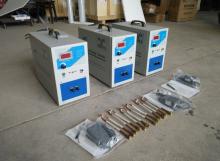
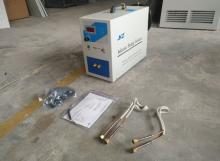

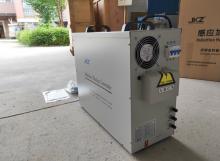


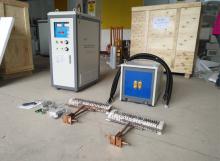
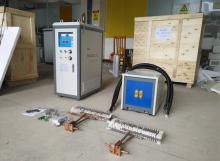

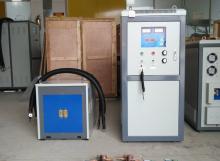

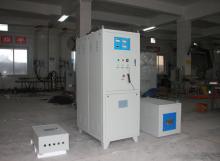

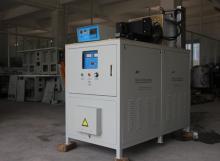
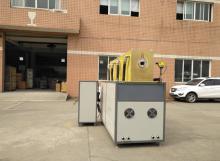
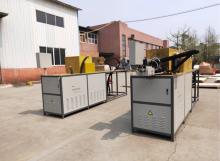
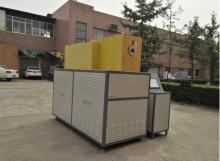
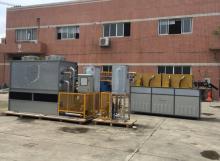
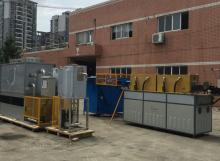
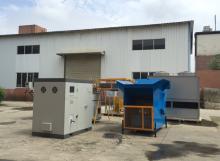
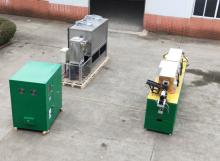
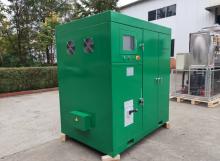
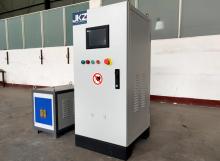
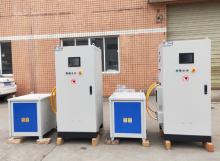


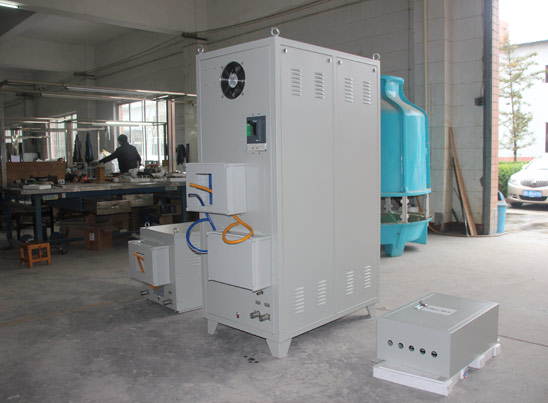
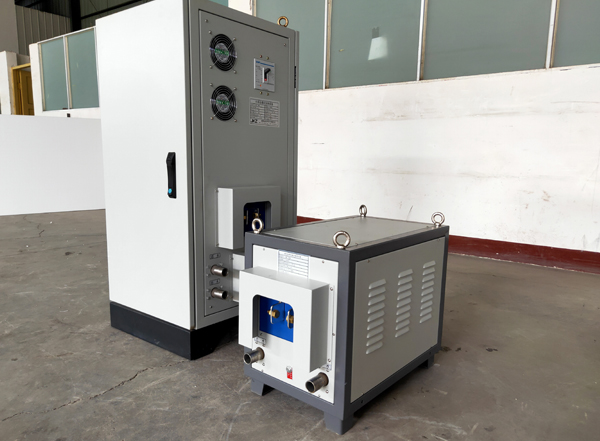



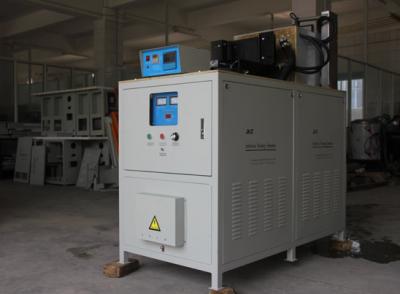


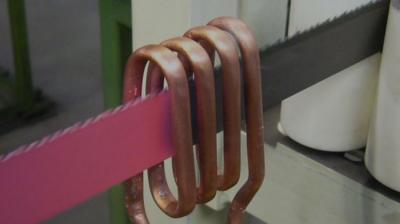
 Call us on:
Call us on:  Email Us:
Email Us:  NO. 688th South Baoguang Road, Xindu District, Chengdu City, Sichuan Province, China
NO. 688th South Baoguang Road, Xindu District, Chengdu City, Sichuan Province, China